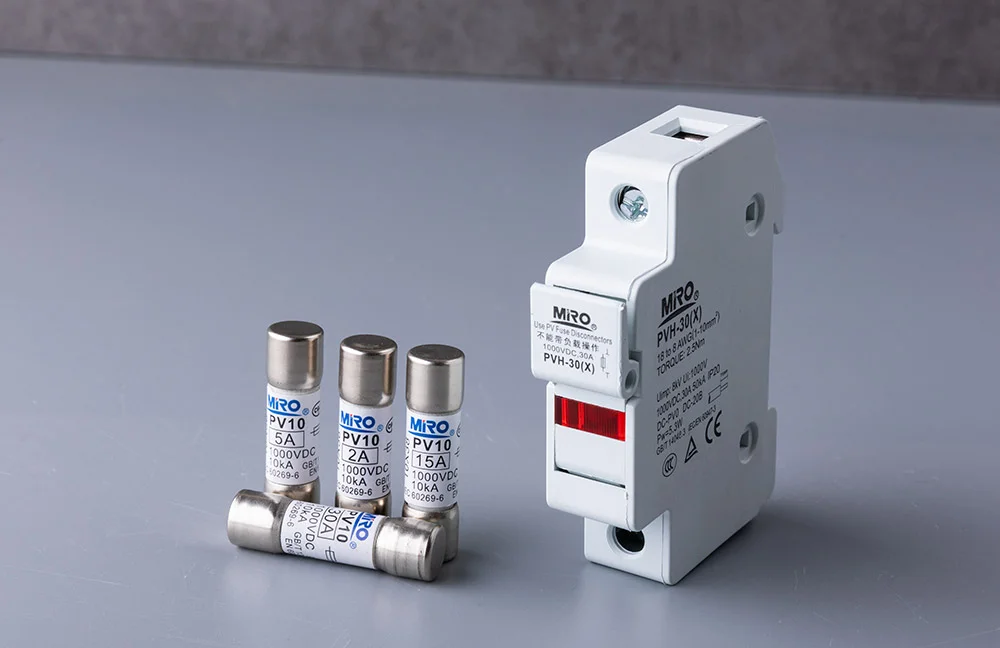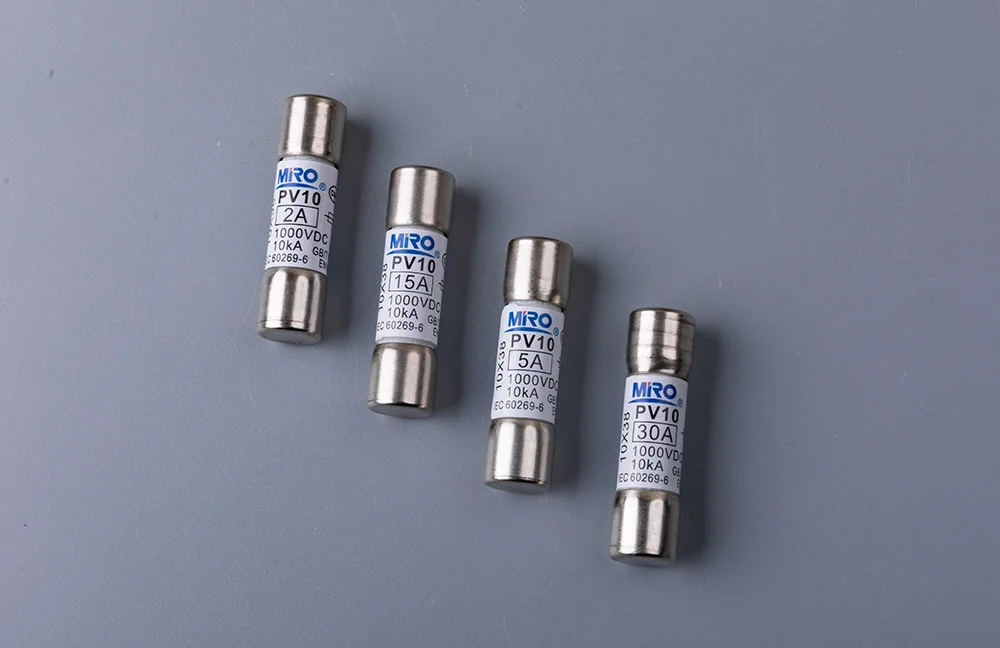Cylindrical fuse links are essential components in electrical systems, providing protection against overcurrents and ensuring the safe operation of equipment. However, selecting the right fuse link for your specific electrical system can be a daunting task. In this blog, we will guide you through the factors to consider when choosing a cylindrical fuse link, helping you make an informed decision and safeguard your electrical system effectively.
I. Understanding the Electrical System Requirements
Before selecting a cylindrical fuse link, it is crucial to understand the specific requirements of your electrical system. Consider the following factors:
1. Current Rating: Determine the maximum current that your electrical system can handle. This will help you choose a fuse link with an appropriate current rating to ensure optimal protection.
2. Voltage Rating: Consider the voltage level of your electrical system. Fuse links are designed to handle specific voltage ratings, and selecting the right one is crucial for safe operation.
3. Fault Current: Determine the maximum fault current that your electrical system can experience. This information is essential for selecting a fuse link with adequate interrupting capacity to handle fault currents without failure.

II. Types of Cylindrical Fuse Links
Understanding the different types of cylindrical fuse links available in the market will help you choose the most suitable one for your electrical system. Here are some common types:
1. Standard Cylindrical Fuse Links: These fuse links are the most commonly used and provide general-purpose protection against overcurrents and short circuits. They are available in various current ratings and sizes, making them suitable for a wide range of applications.
2. High-Speed Cylindrical Fuse Links: Designed for sensitive electronic equipment, high-speed fuse links offer faster response times, providing enhanced protection against short circuits. They are commonly used in telecommunications and data centers, where rapid fault clearing is crucial.
3. Time-Delay Cylindrical Fuse Links: Time-delay fuse links, also known as slow-blow or time-lag fuse links, are designed to handle temporary overloads without blowing. They are commonly used in motor control circuits and transformers, where temporary overloads are expected.
4. High-Voltage Cylindrical Fuse Links: These fuse links are specifically designed to protect high-voltage electrical systems. They can interrupt high fault currents and withstand the high voltage levels present in these systems. High-voltage fuse links are commonly used in power distribution networks and substations.
III. Considerations for Specific Applications
Different applications have specific requirements when it comes to fuse link selection. Consider the following factors for specific applications:
1. Industrial Applications: In industrial settings, where heavy machinery and equipment are involved, selecting fuse links with high interrupting capacities is crucial. It is also important to consider factors such as vibration resistance and environmental conditions.
2. Residential Applications: For residential electrical systems, standard cylindrical fuse links with appropriate current ratings are generally sufficient. However, it is important to consider the specific requirements of appliances and equipment to ensure proper protection.
3. Renewable Energy Systems: Photovoltaic (PV) cylindrical fuse links are designed specifically for solar power systems. These fuse links can handle high DC voltages and currents, providing protection against overcurrents in PV arrays.

IV. Consultation and Compliance
When in doubt, it is always advisable to consult with a qualified professional or an electrical engineer. They can assess your electrical system's requirements and recommend the most suitable cylindrical fuse link. Additionally, ensure that the chosen fuse link complies with relevant safety standards and regulations to ensure its reliability and effectiveness.
Conclusion
Choosing the right cylindrical fuse link for your electrical system is crucial for ensuring the safety and reliability of your equipment. By understanding the specific requirements of your electrical system, considering the different types of cylindrical fuse links available, and taking into account the specific needs of your application, you can make an informed decision. Remember to consult with professionals and ensure compliance with safety standards to ensure optimal protection for your electrical system.
MIRO is a leading manufacturer of cylindrical fuse link. Our products are designed to provide reliable overcurrent and short circuit protection. If you need to know more about our products, please contact us.
Email:christiana.wang@mingrongep.com
Understanding the Working Principle of Cylindrical Fuse Links
MIRO
christiana.wang@mingrongep.com


